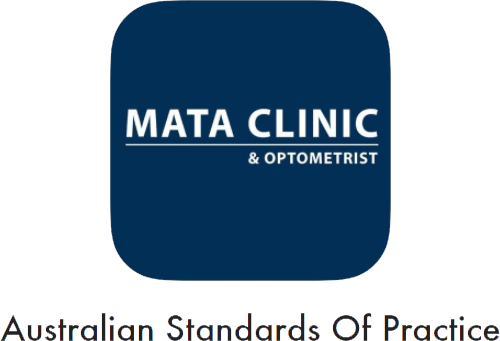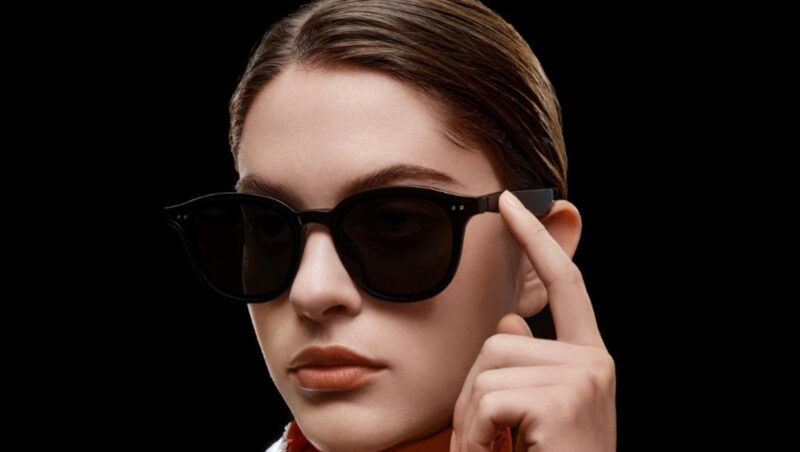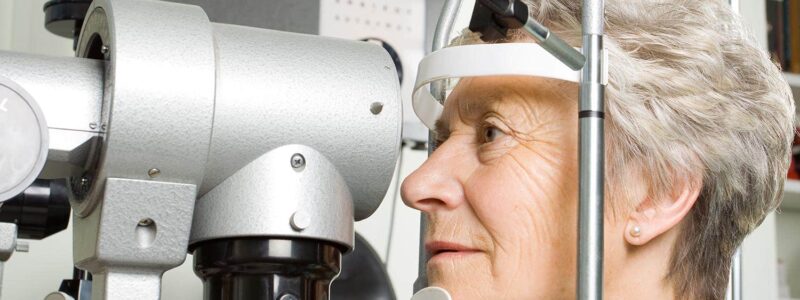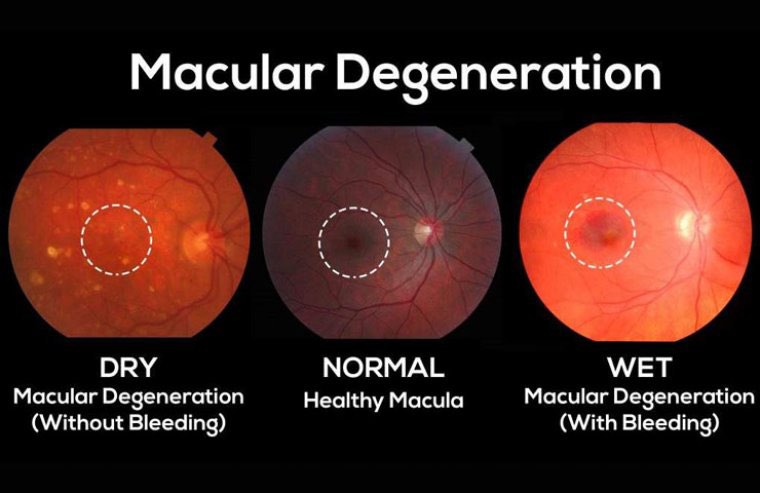You are encouraged to have an eye examination once every two years or more frequent regardless of the symptoms. A series of tests are done to check on your vision and the health of the eyes. You should make sure you rest well on the night before the eye exam to prevent eye strain that will affect the results on the day of the test. If you are currently wearing spectacles or contact lenses or sunglasses or other tools for your visual tasks, it is recommended to bring them along for a better understanding of your condition. You may need someone to drive you home if your eyes are dilated with eye drops.
History
When you visit your optometrist, the examination starts with a couple of questions on your eye or vision problems at work, at school, at home and play. The following questions may need you to describe the problems, to estimate when the problem started and to state any action or environmental changes that make them better or worse. The eye care professionals will also review your history of spectacles or contact lenses. Next, your general health is reviewed, including medication, latest body check up and family’s medical history. Eye problems or diseases that run in the family may also be a threat to the eyes and vision. For instance, if glaucoma runs in your family, you are advised to mention that.
Measurement of distance between eyes
Next, the distance between eyes or the interpupillary distance is measured to make sure the eyes look through the centre of the lenses during the following examination. Adjustment of the trial frame or phoropters is made in the later steps based on the reading to avoid prismatic effect when the eyes look through points away from the centre.
How clear you can see?
Visual acuity is measured at distance and near to measure the clearness of vision. You will be instructed to read random letters or images that become smaller line by line while your eyes move down the chart or the monitor.
How focus are you on seeing near objects?
If the patient reports eye fatigue or double vision during reading and using the computer, the near point of convergence and amplitude of accommodation measure the focus of the eyes at near.
Are your eyes not straight by any chance?
Prism cover test and Maddox rod test the presence of crossed eyes.
How is your 3D vision (stereopsis)?
3D vision is the ability to identify the position and distance of the target from the person. It has a major role in driving, mobility and sports. Poor stereopsis will affect the ability to catch incoming balls, avoid obstacles and prevent accidents.
How is your colour vision?
If the patient complains about the difficulty distinguishing colour in work, like graphic designer or artist that has a high demand for colour-related works, a series of colour vision tests can be conducted to detect and diagnose the colour vision defect. You will be asked to read numbers or to trace lines on cards with coloured dots that form the numbers and lines.
How is your side vision?
A confrontation test is conducted to check the side vision. If the patient reports missing or dark areas in the field of view, further visual field tests can be conducted for investigations on the problem.
Test on eye muscle
You will be asked to keep the head straight and follow a penlight or small object that is moving in different directions with only the eyes.
The curve of the front part of the eye
Keratometry measures the curvatures of the front part of the eyes called the cornea. It measures the amount and axis of astigmatism that causes dizziness, headache and eye strain if left uncorrected. The readings are referred for trial contact lens selection in the trial fitting of soft contact lenses to fit the shape of the front part of the eye.
If you need glasses,…
Several lenses will be placed in front of your eyes and you will be asked to compare which lens makes the letters or images clearer. The process is called refraction, which includes retinoscopy and subjective refraction to find the power of lenses required to correct the refractive error in the eyes. If you are at the age of 40 and above, the presbyopia causes difficulty in reading or other near work. The crystalline lens in our eye is flexible to accommodate to see near objects clearly but ageing has been reducing the flexibility since the age of 15 years old. By the age of 40, the lens is stiff to accommodate for near vision which poses a reading problem that will become worse with age. The condition is called presbyopia. You will tend to move the reading material further or feel the vision is clearer while reading without glasses. Therefore, you may require reading glasses (separate glasses that can only be used for near work), bifocals ( vision is cleared at 2 distances) or multifocal ( vision is cleared at all distances). If you are wearing reading glasses, bifocals or multifocal, the lens condition, prescription and frame fit are assessed to find the cause of the symptoms.
Ocular health tests
The slit lamp is a magnifying device to check the front part of the eyes and to view the structures at the back of the eye using an additional magnifying device. The area in the back of the eye being viewed is called the fundus. If you have symptoms like eye pain, dryness in eyes, redness in eyes, itchiness in eyes and foreign body sensation, examination of the front part of the eye with a slit lamp can help to rule out the cause. A light is shone to your eye to examine the eyelash, eyelid, conjunctiva, sclera, cornea, anterior chamber reaction, anterior chamber depth and angle, iris, pupil, lens and tear film. The cataract can also be detected with an examination of the lens. If the anterior chamber is shallow, pressure in the eyes is measured with a method called tonometry.
Examination of the back of the eyes is conducted based on the indications. For instance, if you suddenly notice floaters while having a high degree of near-sightedness, further investigation on the fundus is required. You may be given an eyedrop to open up your pupils for a better view of the fundus.
Discussion after the tests
After completing the necessary tests, you will be informed of the diagnosis and corresponding management with a brief explanation and discussion of the options. If you need spectacles, you will be provided with options of suitable frame and lens coating or filters for selection. For a patient who has never worn optical correction, the reason behind an adaptation of optical correction is explained. The possible decline of near vision with age when close to their 40s should be explained. For spectacles or contact lens dispensing, trial fitting is important to check for adaptation before the prescription.
Near-sightedness
It is important to have a regular eye examination to get your prescription up-to-date, especially in children with near-sightedness. Children with near-sightedness, under the age of 9 years old are more prone to progression and lowering degree makes it worse. If you feel that your vision gets worse after wearing spectacles for 1 year, your near-sightedness is progressing and a new pair of spectacles are required. Wearing spectacles will not increase near-sightedness but slow down the progress. Near-sightedness cannot be completely cured so compliance with full-time spectacles wearing is important.





Recent Comments